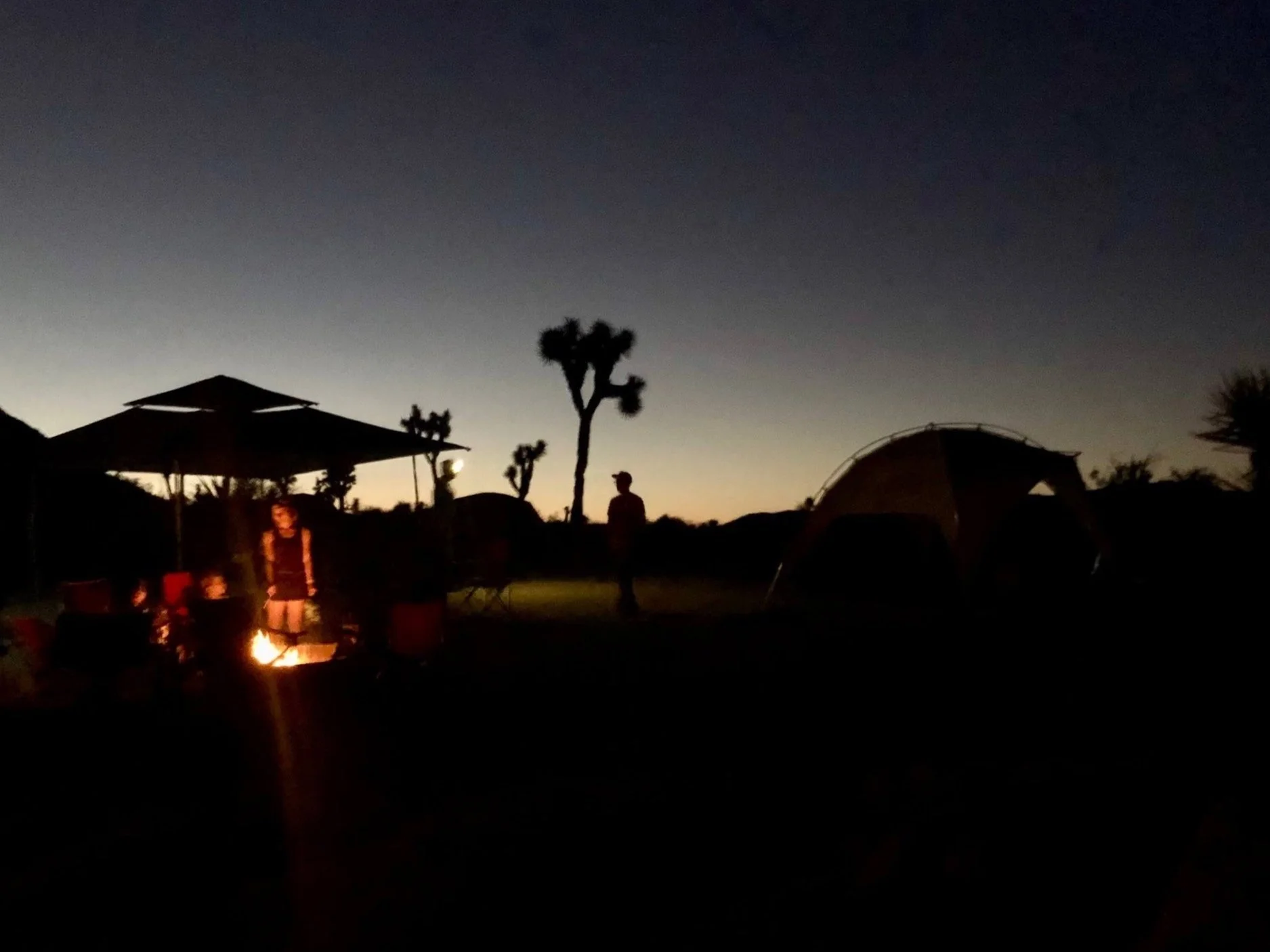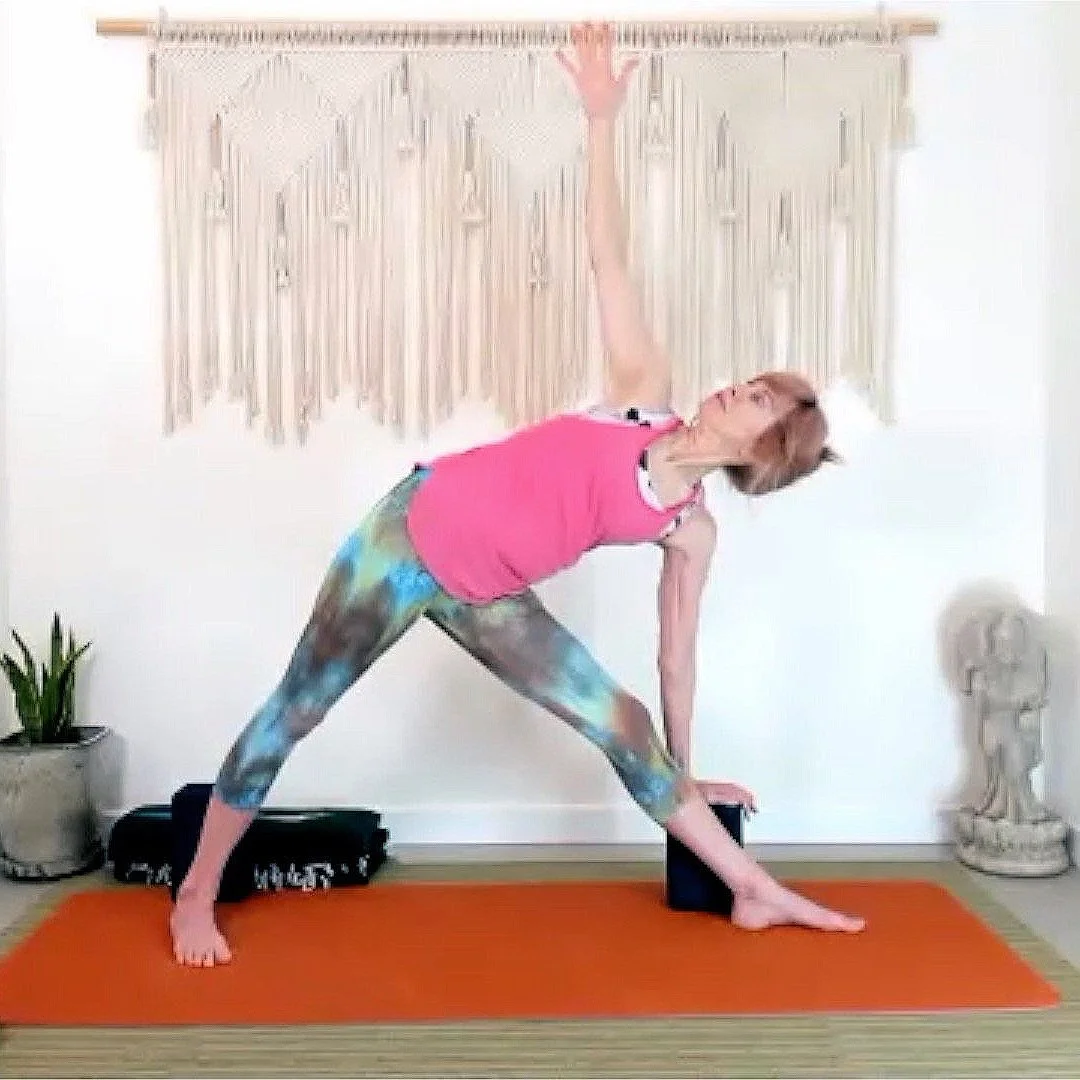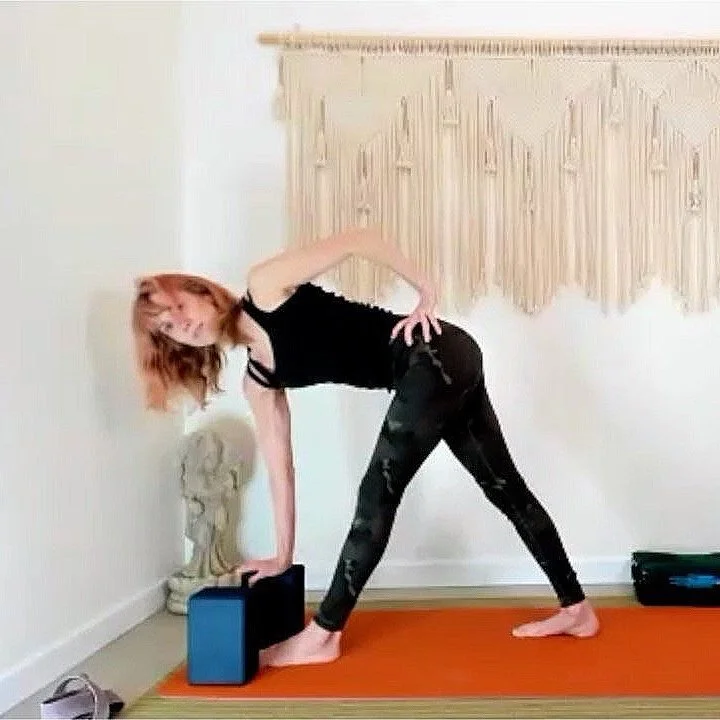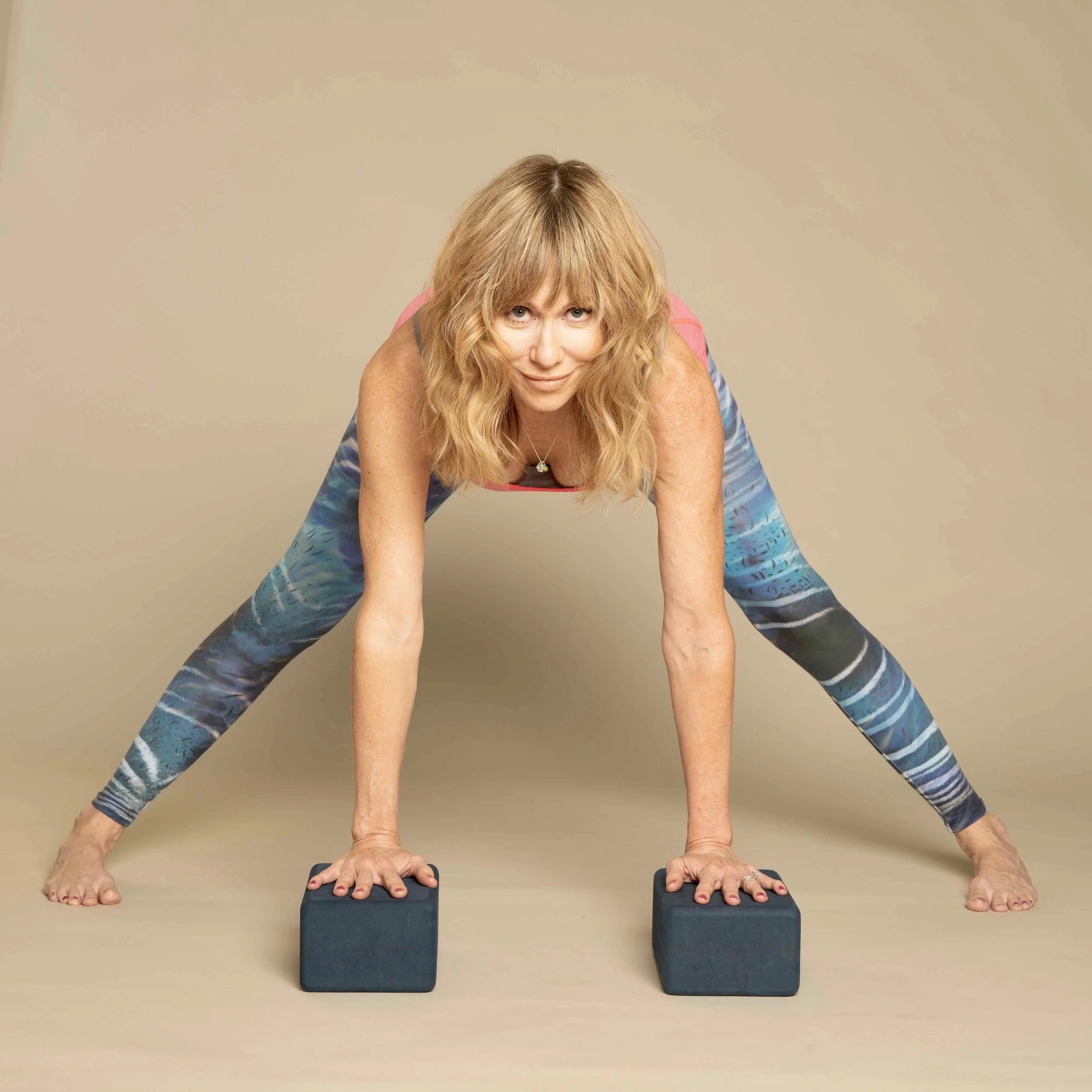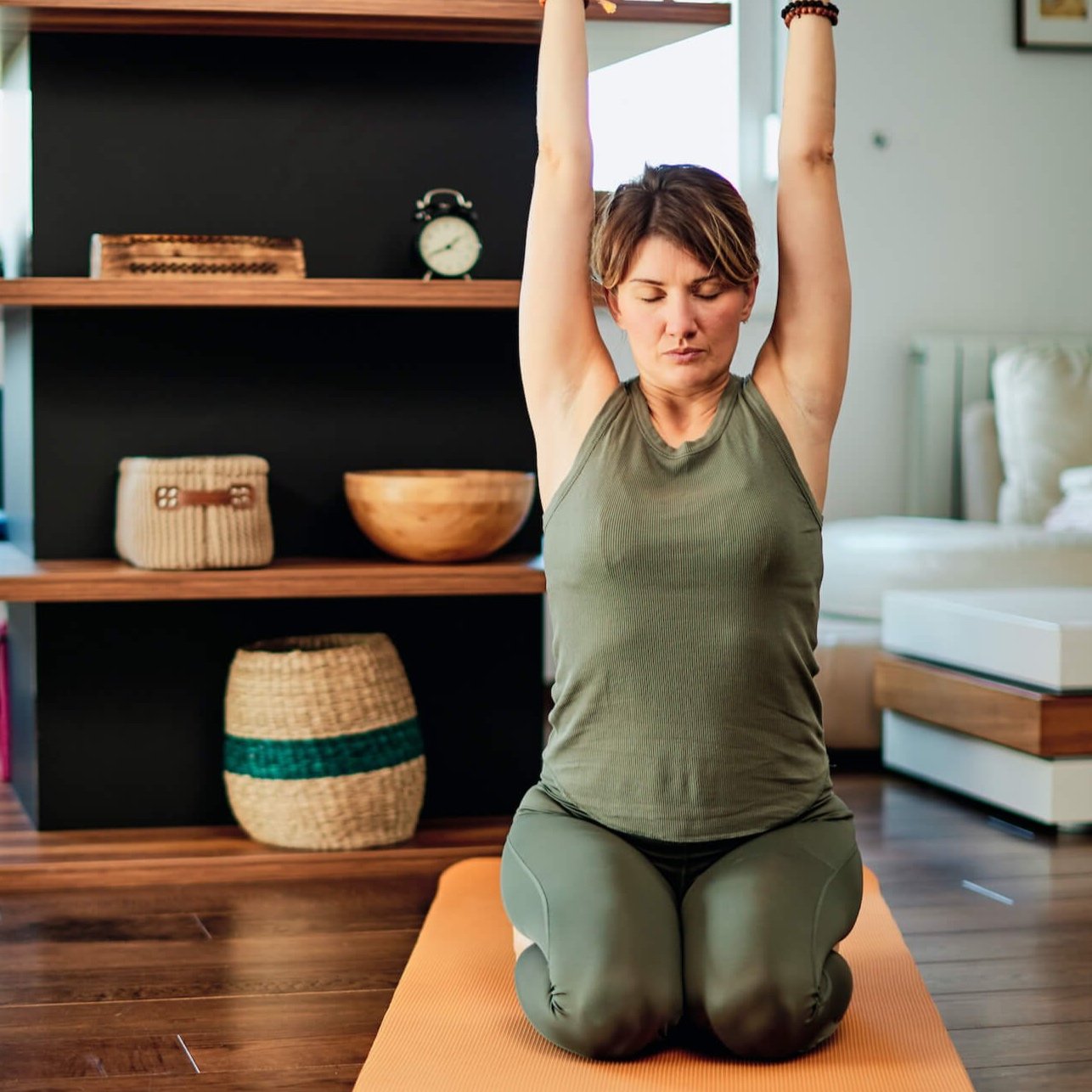Ayurveda: Pitta Dosha
Pitta Dosha - the Ayurveda constitution borne of fire and water.
About Pitta Dosha
Ayurveda (“science of life” in Sanskrit) is an ancient healing system that originated from India over 3000 years ago. It is a holistic, individualized practice that uses diet, herbs, yoga postures, pranayama, and meditation to maintain health and prevent disease. Yoga and Ayurveda are sister sciences, rooted in the Vedic tradition.
There are three Doshas that compose our individual constitutions:
Pitta (fire/water)
This blog dives deeper into Pitta.
Pitta Dosha Characteristics
Intelligent and enthusiastic.
Driven, determined.
Medium build, muscular.
Charismatic leaders.
Tend toward hunger.
Strong digestion and metabolism.
Strong sense of smell and eyesight.
Argumentative, critical.
Addictive qualities.
Overwork.
Overheated.
Pitta characterizes heat, digestion, and transformation. A pitta-dominant person gets balance from a cooler environment, meditation, and moderate activities. Generally, all six tastes (sweet, sour, salty, pungent, bitter, and astringent) are recommended for optimal digestion. Foods considered great for balancing pitta are sweet, bitter, and astringent; and those that are cool, calm, and moderate. Pitta dosha tolerates raw rood the best of all three doshas. Kind words and meditation calm the Pitta mind.
A campfire in Joshua Tree - heat and fire is pitta (dryness of desert is vata).
Pitta Dosha in Balance
Intelligence
Charisma and charm
Good visual perception
Brave and principled
Understanding
Studious and focused
Ambitious, goal-oriented
Productive
Strong leader
Good digestion, regular elimination
Good mobility: flexible and stable
Rosy complexion
Healthy skin
Imbalanced Pitta Dosha
Ulcers, acid reflux, heartburn, nausea, diarrhea
Bleeds or bruises easily
Nearsighted, light sensitivity, migraines
Burnout
Anger and jealousy
Judgemental and critical of self and others
Obsession, compulsion, hatred
Inflammation or sharp pain
High blood pressure
Itching or burning sensations
High temperature, sweating, unpleasant body odor
Jaundice
Herpes simplex variations
Bitter taste in mouth or bad breath
Thirst
In Ayurveda, opposites heal.
Attributes of Pitta Dosha
• Hot
• Oily
• Light
• Liquid
• Spreading
• Sharp
• Sour
Food/Drink to Balance Pitta
Pitta benefits from foods that are sweet, bitter, and astringent in taste.
If you tolerate dairy, whole milk, cottage cheese, unsalted (or lower salt) cheeses; use oils and fats like ghee, sunflower oil, and coconut oil.
Use sweeteners like honey, real maple syrup, unprocessed cane sugar, unrefined brown sugar - all in moderation.
Drink cool water, mint tea, chamomile tea, black tea with milk and honey. If you drink alcohol, beer is best, and not to excess.
Eat veggies/fruits like broccoli, cauliflower, kale, celery, cucumber, potatoes, peas, squash, cucumbers, asparagus, mangoes, apples, pears, figs, pomegranates, melons, cranberry, coconut, sour cherries, green grapes.
Peeled almonds, pecans, sunflower seeds (in moderation), pumpkin seeds (in moderation), chick peas, lentils
Use grains like basmati rice, cous cous, quinoa, and barley
Avoid or consume in moderation the following: dry, light, astringent, and bitter veggies and fruits (tomatoes, eggplant, mustard greens, radishes, raw onions, garlic, pineapple, grapefruit, lemon); vinegars, horseradish, salt in moderation; hard alcohol, ginger and lemon teas; molasses, refined sugar; salted nuts, cashews, pistachios, peanuts; peanut oil; hard cheeses, yogurt, sour cream; corn, buckwheat, millet, rye.
Sweeter, dryer meats: buffalo, venison, rabbit, chicken breast, turkey breast, freshwater fish. Egg whites.
Spices: cardamom, cilantro, coriander, fennel, peppermint, turmeric, dill, vanilla, and mint. Avoid chiles, garlic, and highly spicy food.
In general, from a dietary perspective, many of the fruits/veggies on the "avoid" list are nutritious! In Ayurveda, opposites balance things out. If you're trying to balance Pitta and are craving ginger tea, for instance, balance it with some honey and other pitta balancing things. I am motivated to do these things because I feel better.
This is general information and not a recommendation or individualized plan. Always consult a doctor before making changes to your diet or lifestyle.
12 Yoga Poses to Soothe Pitta
Downward Facing Dog (Adho Mukha Savasana) to Child’s Pose (Balasana) - From hands and knees, walk your hands forward a few inches. Keep your wrists parallel with the front of your mat or turn them out slightly. Your may be more comfortable if your arms are in more of a slight “V” than parallel. Push the ground away and release excess tension from your shoulders and neck. With a long spine, lift your knees off the ground and press your thighs toward the back of the room. You may keep a bit of bend in your knees to elongate your back. Stay 5 breaths and lower to Child’s Pose, below -
- Bring your knees to the ground, and move your knees out slightly, bringing your big toes together behind you. Sit back toward your heels, and reach your arms out in front of you along the floor. Rest your arms and shoulders. If your bum is in the air, place a folded blanket underneath. If the crown of your head dips toward the floor, rest your forehead on a block. If your ankles bother you, roll a towel and place it on the floor under the front of the ankles for support. Stay 10 breaths.
Locust Pose (Salabhasana) - Lie on your belly, with your legs close together. Direct the very top of your inner thighs slightly toward the ceiling. Send your tailbone toward your heels to elongate your lower back. Press the tops of your feet into the ground. Reach your arms alongside your body, palms up, and lift shoulders and arms toward the ceiling. Keep your shoulder blades drawing down the back. Lift your forehead, nose, and chest, extending your upper back. Your abdominals stabilize your lower back. Breathe into your upper ribs. Stay 5-8 breaths.
Triangle Pose (Trikonasana) - Come to Tadasana facing the long side of your mat. Reach your arms out to the side as you step your legs out to the side, about as wide as your wrists. Point your knees and toes forward. Rotate your right leg to the right. Turn your left toes in somewhat. Ground through the four corners of each foot. Depress your right pelvic bone and shift your right thigh toward the back of your mat, like you’re a kettle pouring tea. Your back pelvic bone will rotate forward slightly. Reach your right arm and torso as far past your right foot as you can. When you can’t reach further, lower your right hand to a block or to the outside of your lower leg. Reach your left arm up and rotate your spine to the left. Hold for 5 breaths. Rise with an inhale. Repeat on the other side. Do twice each side.
Revolved Triangle Pose (Parivrtta Trikonasana) - Stand in Tadasana at the top of your mat in between two blocks positioned at the highest level. Step your right leg back about 3-3 1/2 feet. Allow the back foot to very slightly point to the right. Steer your frontal hip bones forward - your pelvis points forward in this pose. Inhale lift your chest, exhale fold forward placing your hands on the blocks, wrists under shoulders. You may need to bend your front knee to accommodate the inward curve of your lumbar spine. Inhale elongate your spine, bringing your left hand to your hip. Exhale rotate your spine to the left, toward your front leg. Ground through the four corners of each foot. Depress your left pelvic bone. Hold for 5 breaths. Unwind with an exhale and rise with and inhale. Repeat on the other side.
Wide-Legged Forward Fold (Prasarita Padottonasana) - From Tadasana, step your legs out wide. Have your knees facing forward and your parallel or close to parallel in a way that feels comfortable. Bring your hands to your hips. Inhale and lift your chest. Exhale and fold forward, placing your hands on two blocks placed under your shoulders. Inhale and elongate your spine. You can explore here, with core engagement. Or allow the spine to round, letting the spine release. Bend the elbows toward the wall behind you and lift your shoulder blades upward toward your hips. Stay 5-10 breaths.
Hero Variation (Supta Virasana variation) - Come to “stand” on your knees with the tops of your feet on the floor. Put a block on the lowest level between your feet/ankles. Draw your ankles in toward the block. Take your hands behind your knees, and draw the flesh of your calves back toward your heels as you sit back onto the block. (Many people will add more lift with a folded blanket or second block to decrease the pressure on the knees. This is an oft-modified pose.) Reach your arms overhead to lengthen your spine. Lean back and place your hands on the floor behind you, fingers pointing to the bum, hands slightly turned out to each side. Gently encourage the knees to stay together on the floor. Some people may rest on their forearms. After 5-8 breaths, rise with a lifted chest. Come to hands and knees. Runner’s stretch: extend your right leg behind you, toes tucked. Switch sides.
Bow Pose (Dhanurasana) - Lie on your belly with your arms next to your body and your legs close together. Roll your inner thighs slightly toward the ceiling. Lengthen your tailbone toward your heels to engage your abdominals and elongate your lower back. Bend your knees. Lightly flex your ankles. Lift your shoulders and arms, and reach back and clasp your ankles. (Use a strap if this causes back compression or the distance is too great to make contact.) Arch your upper back and draw your lower frontal ribs to your frontal hipbones. Tailbone lengthens to the back of your knees. Draw your legs in to the midline, keeping your knees in line with your hips. Inhales expand your collarbones, exhales reinforce your core. Stay 5-8 breaths. Lower down with grace. Rest your head for a few breaths. Do 1 more cycle and rest.
Bridge Pose (Setu Bandhasana) - Lie on your back with your knees bent and feet on the floor. Place your feet hips’ distance apart and generally under the knees. Press the four corners of the feet into the floor to lift your pelvis away from the floor. Roll your shoulders underneath you (lean left and roll your right shoulder underneath, lean right and roll your left shoulder underneath). In this variation, keep your arms alongside your body, hands down. Lift your breastbone, draw your chin slightly away from your chest. Tailbone lengthens to the back of your knees. Stay 5-8 breaths. Inhale take your arms overhead toward the floor, exhale roll down. Lower your arms. Do 1-2 more cycles.
Revolved Abdominal Pose Variation (Jithara Parivartanasana) - Lie on your back. Bend your knees and place your feet on the floor slightly wider than your hips. Stretch your arms out to the sides like a "T". Draw your shoulder blades down your back. Press your feet down and move your pelvis a few inches to the left. Bring your knees toward your belly, and drop your knees to the right. Stay for 5-10 breaths. Inhale and bring the knees back up and your hips back to center. Move your pelvis a few inches to the right, bring your knees toward your belly, and drop your knees over to the left. Stay 5-10 breaths. Bring the legs up, shift back to center, take three breaths.
Legs Up the Wall Pose (Viparita Karani) - Place a bolster parallel to the wall, approximately six inches away from the wall. Sit sideways on the edge of the bolster, and swing your legs up the wall. Bring your upper back, shoulders, and arms to the ground. Adjust your pelvis so it's neutral on the bolster, with the tailbone draping over the back of the bolster. Move a bit away from the wall if you are tucking under. Take your arms a couple feet away from the body, like Savasana. Or you can take your arms to the side and bend your elbows for “goal post arms”. For deeper relaxation, place a strap firmly around your upper thighs to hold them together. Or place a sandbag securely on your feet. Breathe deeply and easily. Stay five minutes or longer. Set a timer with a very gentle alarm to ease you out of the pose. Push off away from the wall, resting with your bum on the ground and feet on the bolster. Roll to your side.
Savasana (Corpse Pose) - Lie on your mat, a blanket, or carpet. Make sure you are warm. Turn your palms toward the ceiling and deeply relax your entire body, from the crown of your head, to your fingers and toes. Inhale to a count of 6, exhale to a count of eight. Stay for 5-15 minutes.
Pranayama for Pitta
Alternate Nostril Breathing (Nadi Shodhana) - Do this pranayama in a seated position. Sit on a folded blanket or two, and support your legs with two cushions, blocks.
Rest the back of your left palm on your left thigh. Lightly touch the tip of your thumb and index finger together.
Curl your right index and middle fingers down into your right palm. Extend the thumb, ring finger and pinky finger.
Bring your right hand up to your nose, with the thumb in the crease above the right nostril and your ring/pinkie fingers in the crease above your left nostril.
Roll your right shoulder blade down your back, drawing your right upper arm close to your ribcage for support.
Inhale to a count of 6; exhale to a count of 6.
Gently close your right nostril with your thumb.
Slowly inhale through your left nostril for 6 counts. Pause.
Close your left nostril with your ring finger and release your thumb to slowly exhale out through the right nostril for 6 counts. Pause.
Inhale through the right nostril for a count of 6. Pause.
Close your right nostril with your thumb and release your left nostril, slowly exhale out through the left nostril for 6 counts. Pause.
This completes one round of Nadi Shodhana.
Repeat for 3-5 more rounds. Your breath is smooth, relaxed, easy.
At the end, take three slow breaths in and out both nostrils.
Cooling Breath (Sheetali Pranayama) - Do seated, perhaps as described above. Breathe easily in and out the nose. Then curl your tongue and stick it outside your mouth, so it becomes a straw for your breath. Inhale through your tongue. There will be a sense of cool. Bring the tongue back in, closing the mouth. Pause. Exhale slowly out the nose. Repeat this cycle for 5-8 breaths.
Meditations for Pitta
Mantra Meditation - Use a mantra that resonates with you. Here are some suggestions: So’/inhale Ham/exhale, Peace, or Yogash Chitta Vritti Nirodhah. You could use a prayer in any language you like. Sit comfortably, perhaps on a folded blanket or two, or cushion. Support your legs with blocks or a rolled blanket, your hands on your thighs, arms at your sides, spine long. If you’re overworked or tired, care for yourself by lying on your back. Close your eyes and soften your facial muscles. Breathe evenly in and out for 5-20 minutes, repeating your mantra. Bring your mind back to your breath and mantra if it wanders, no judgment. Set a timer that has a gentle chime to bring you out of your meditation.
Affirmation: “I am calm. I am happy.”
Lifestyle Activities that Support Pitta
Warm/cool bath - add a couple tablespoons of cooling or neutral oil in the water: sunflower, coconut, olive or castor. (Be careful getting out and wipe out the tub after because it gets slippery.)
Essential Oil - add a drop or two of cooling oils such as rose, fennel, peppermint, or sandalwood to a warm/cool bath or use in a diffuser. You can mix with calming oils like ylang ylang and frankincense.
Dining - Eat regular meals, taking time away from work and your desk.
Sleep - Due to overheating, Pitta likes lighter covers and often a firmer mattress. Go to bed before 10pm.
Skin Care - Oil your body with a cooling or neutral oil: sunflower, coconut, olive or castor.
Basic Ayurveda is a wellness tool in my kit. If you want to try it, explore, take small steps, observe how you feel, and adjust. Like anything, you can worry too much about doing it right or wrong (vata), try to control it and be perfect (pitta), or find it tiring to exert any energy toward it (kapha). Like most things, balance in the middle generally is optimal.
Don’t make any major lifestyle changes without consulting your doctor. To further implement in your life, please see a trained Ayurvedic practitioner.
About The Author
Gwen Yeager is an LA-based yoga expert who loves helping people deepen their practice in practical ways that work with real-life (she’s also a cancer survivor and mother of twins). She provides her students with resources to incorporate healthy movement, breathwork, and mindfulness into every nook and cranny of living. While her teaching style is down-to-earth and approachable — she’s a stickler about the science movement and proper anatomical alignment because nothing is more important than long-term mobility and a vibrant quality of life!




